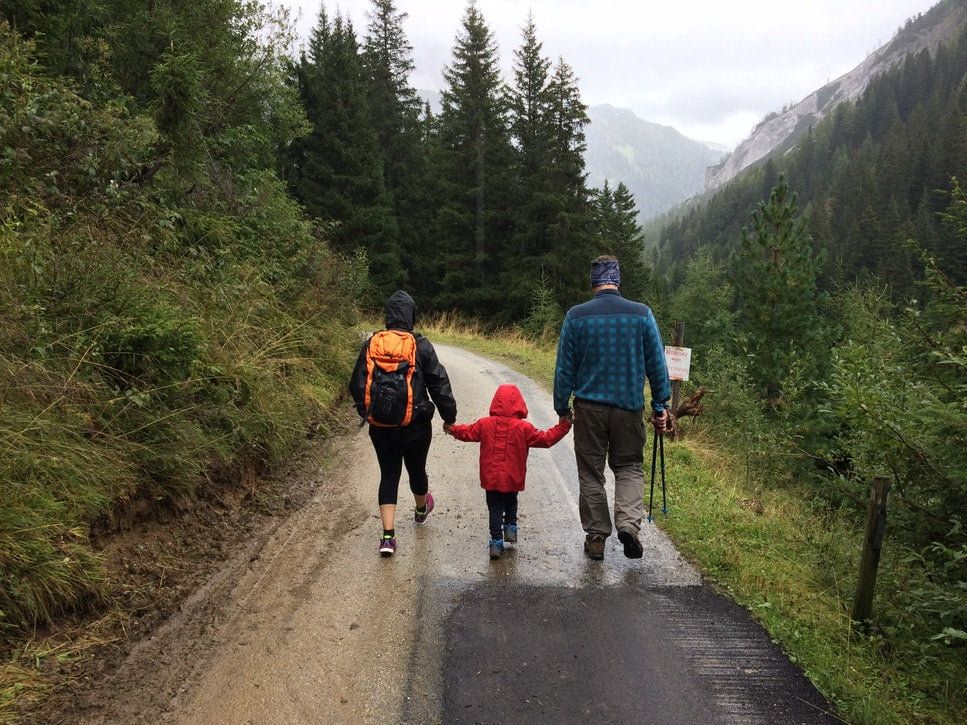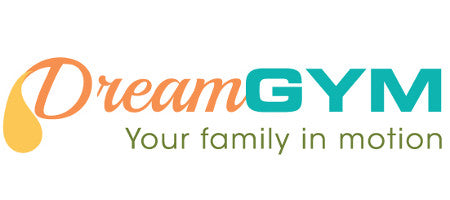
While parents and educators of autistic children often realize the benefits of education and routine, quite often the benefits of physical activity and sports are overlooked. Some parents might think that their child is simply not capable for participating in a sports program. Or they might just feel too busy and overwhelmed with the daily routine of taking care of an autistic child, and think the time spent on sport is not as valuable as other programs. However, physical exercise has been shown to greatly improve the lives of autistic children and to improve their behaviour as well.
Autistic children, like all children with a disability are more prone to avoid sports and thus run the risk of obesity, high blood pressure and diabetes. Perhaps the greatest risk however, is simply not having the opportunity to reap the benefits that regular physical exercise can provide, such as improved endurance, a chance to develop fine and gross motor skills and a self-confidence boost.

A right exercise program can also introduce the autistic child to a social environment and a chance to interact with his peers. Physical exercise is a proven way to help autistic children (and even non-autistic ones) to burn off excess energy and be able to focus better on their school work or other learning opportunities.
Many autistic children might not be able to participate in a team sport, due to limited social ability or the fear of physical contact with others. Individual sports might be more suitable to them. Parents have found their autistic children to love and excel in swimming, tennis, golf, skating or bike riding. You know your child best and what physical activities would be best suited to his/her individual temperament and interests.

Exercise also allows the autistic child who has problems with self-control to have the opportunity to yell and get out any built up energy. Autistic children often have trouble with sensory input. Sports naturally help to unite the senses, by provided many natural opportunities to run, climb, balance and touch. To encourage your child to begin enjoying his body and exploring his senses a good idea is to create simple obstacles and sensory items right in your home. Things like crawl-through tunnels, ball pits and ceiling-mounted swings are relatively inexpensive and provide a much-needed release for the autistic child. If you are looking to create a “sensory room” for your autistic child to enjoy physical exercise right in your home, there are many products available for that purpose. Things like monkey bars, indoor therapy gyms, rock climbing walls or gym rings all provide many opportunities for exercise right at home.
The physically active autistic child is better focused, more self-controlled and better able to deal with sensory stimulation. As busy as parents with autistic children are, the importance of regular physical exercise and sports should not be overlooked. Rather, think of it as yet another form of therapy, make it fun and participate right along with your child to improve the health of the whole family!

